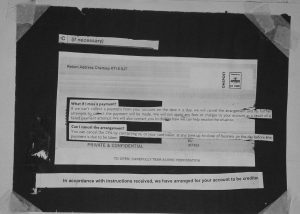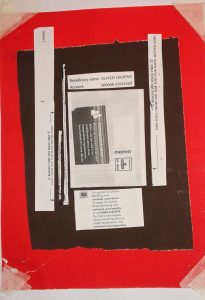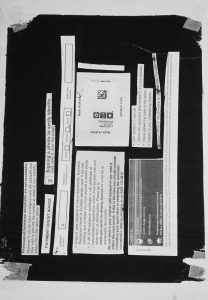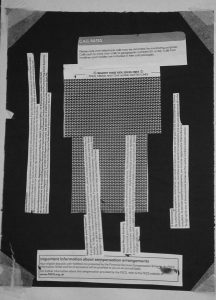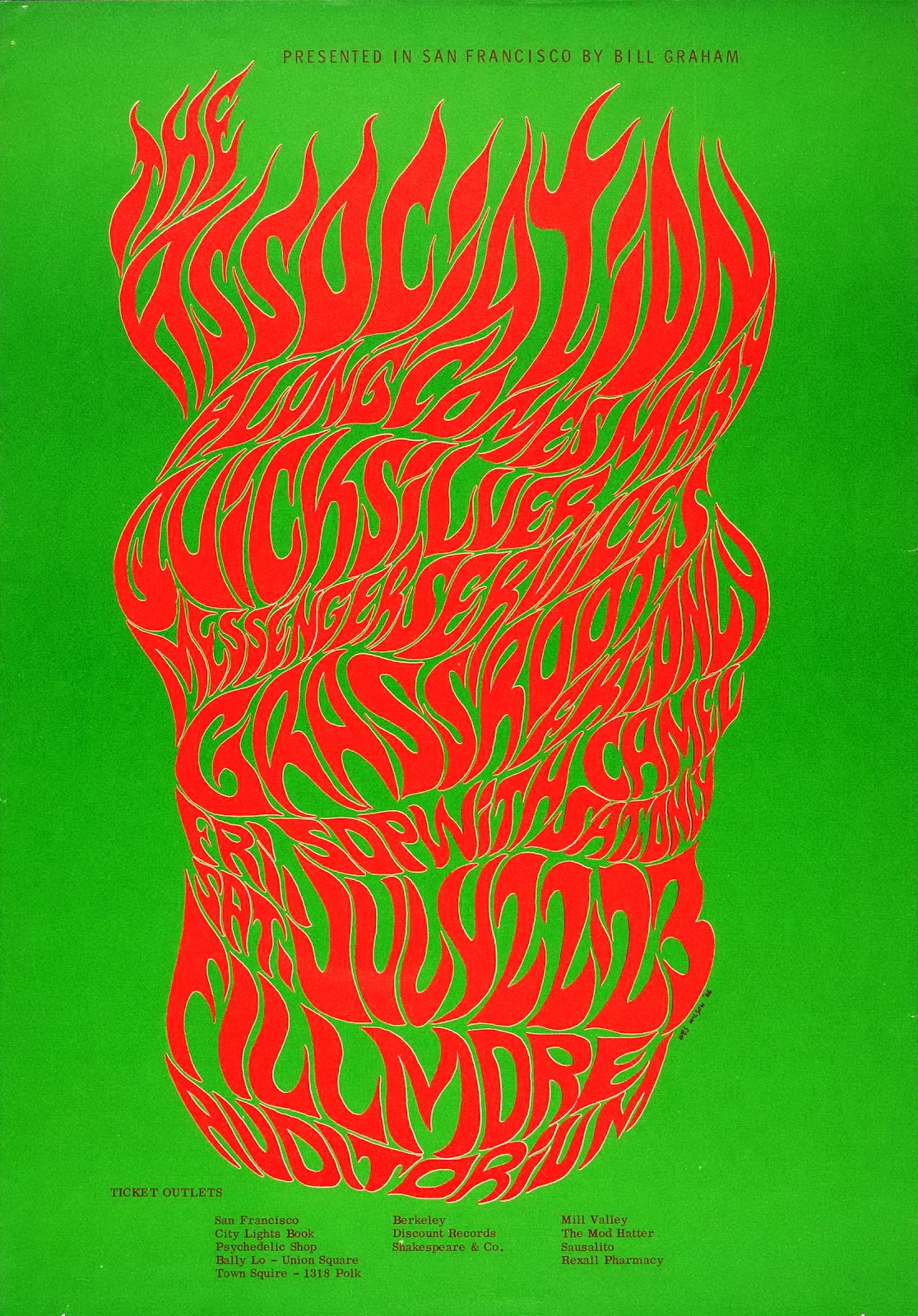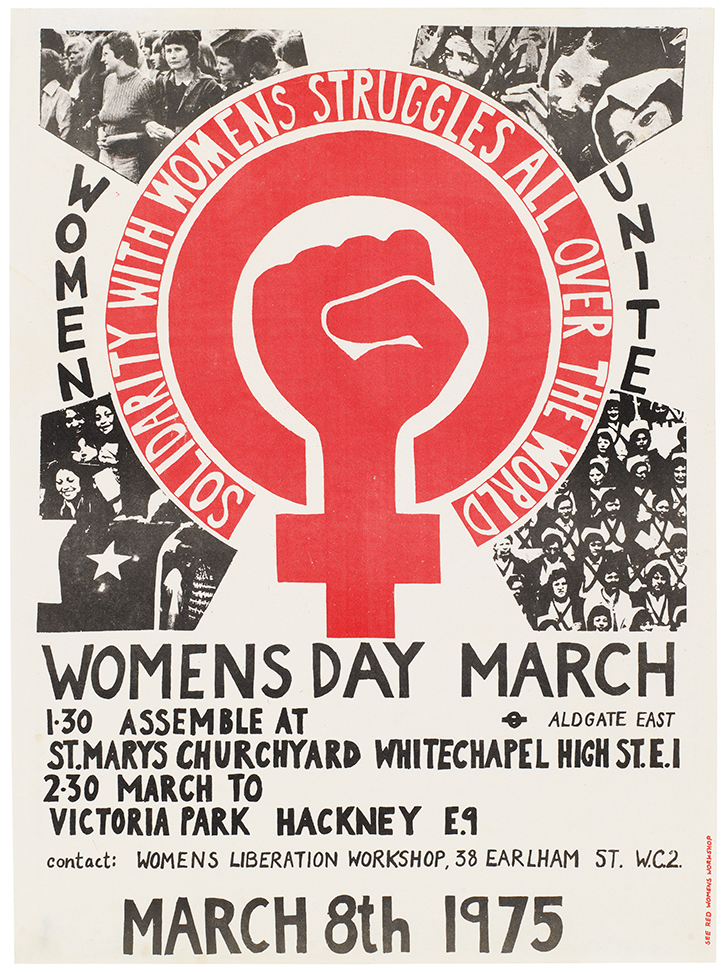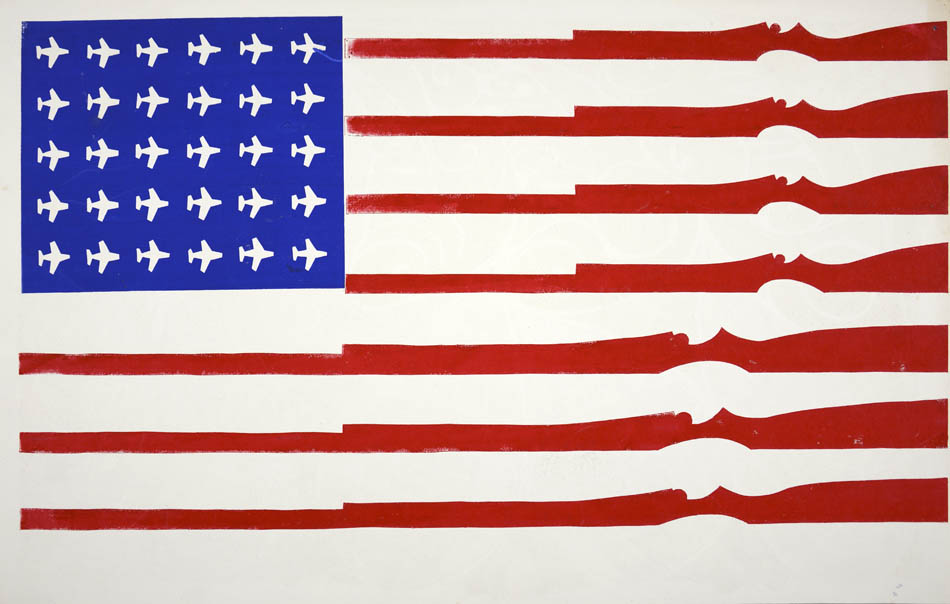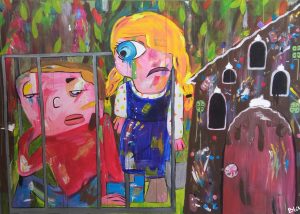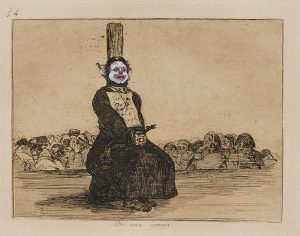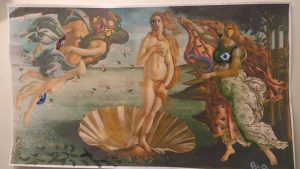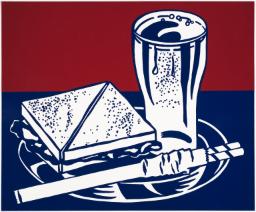
Lichtenstein, R. (1964). Sandwich and Soda. [screenprint on polystyrene] Liverpool: Tate
It’s Roy Lichtenstein’s lesser known works that still appeal to me on a deeper level these days. It’s his simpler illustrations that tackle mundanity and everyday irony more tactfully in my opinion. Pieces like ‘Sandwich and Soda’ are relevant to me and others existing in an era of increasing levels of playfulness and sarcasm being accepted in the art world. What’s also inspiring is what was occurring outside of the single image. By choosing to screen-print this image he could manufacture hundreds of copies thus reaching a wider audience, blazing a trail for artists to come.
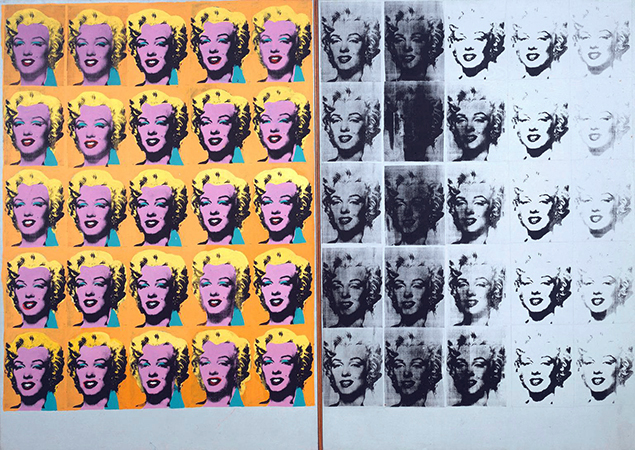
Warhol, A. (1962). Marilyn Diptych. [acrylic on canvas] London: Tate Modern.
The meaning Andy Warhol’s most famous works, in my opinion are still as pertinent as ever in my opinion. Among those works is the Marilyn Diptych. It was a bold response to the 60s zeitgeist of celebrity culture, a public spirit that never really went away. By deconstructing the image through repetition in two different ways he reveals the meaning it has in the world. “The color contrasted against the monochrome that fades out to the right is suggestive of life and death, while the repetition of images echoes her ubiquitous presence in the media”. His firm grasp on the world around him is something that any designer should aim to replicate in way that’s appropriate for them.
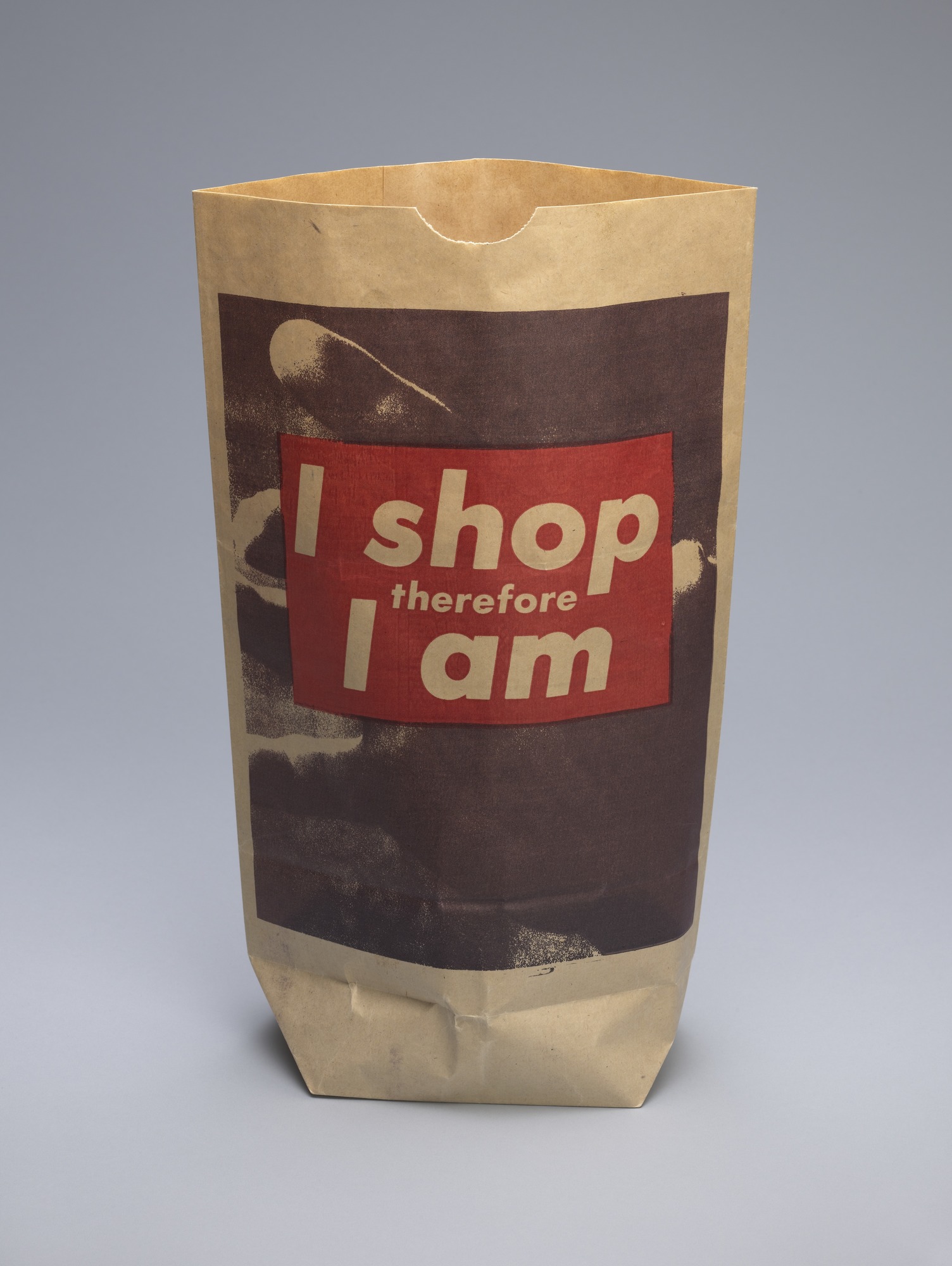
Kruger, B. (1990). I shop therefore I am. [photolithograph on paper shopping bag] New York City: MoMA.
As a work of art from the 90’s I feel that it ‘I shop therefore I am’ by barbara inherently retains more relevance to me as a designer in the 2010’s. Her punchy type and simple graphics combined with found imagery is something that I feel a strong connection with. Because of where she chose to show the design it reveals more about the design itself and what she meant.
Abstract: The Art of Design, S01E03 – Es Devlin: Stage Design. (2017).
Directed by B. Oakes. England: Netflix.
Tate. (2017). ‘Sandwich and Soda’, Roy Lichtenstein, 1964 | Tate. [online] Available at: http://www.tate.org.uk/art/artworks/lichtenstein-sandwich-and-soda-p77811
The Art Story. (2017). Postmodern Art – Modern Art Terms and Concepts. [online] Available at: http://www.theartstory.org/definition-postmodernism-artworks.htm#pnt_1
The Museum of Modern Art. (2017). Barbara Kruger. I shop therefore I am. 1990 | MoMA. [online] Available at: https://www.moma.org/collection/works/64897
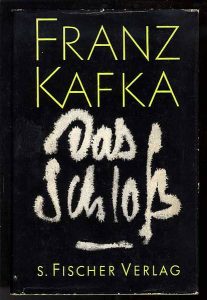 My chosen book to summarize is the novel “The Castle” from Franz Kafka. It is not a book I chose from the library but a book I had. I chose this because it’s closely related to one of my recent works and it’s the only book lately I could read from it’s beginning to the end.
My chosen book to summarize is the novel “The Castle” from Franz Kafka. It is not a book I chose from the library but a book I had. I chose this because it’s closely related to one of my recent works and it’s the only book lately I could read from it’s beginning to the end.
